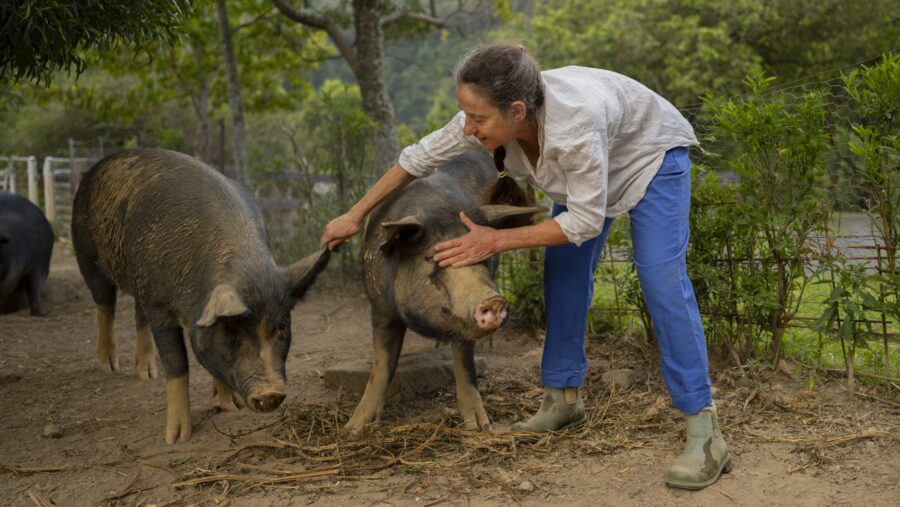
Embracing all life
Driven by tragedy, philosopher Danielle Celermajer champions radical kindness for the earth and its creatures.

Driven by tragedy, philosopher Danielle Celermajer champions radical kindness for the earth and its creatures.
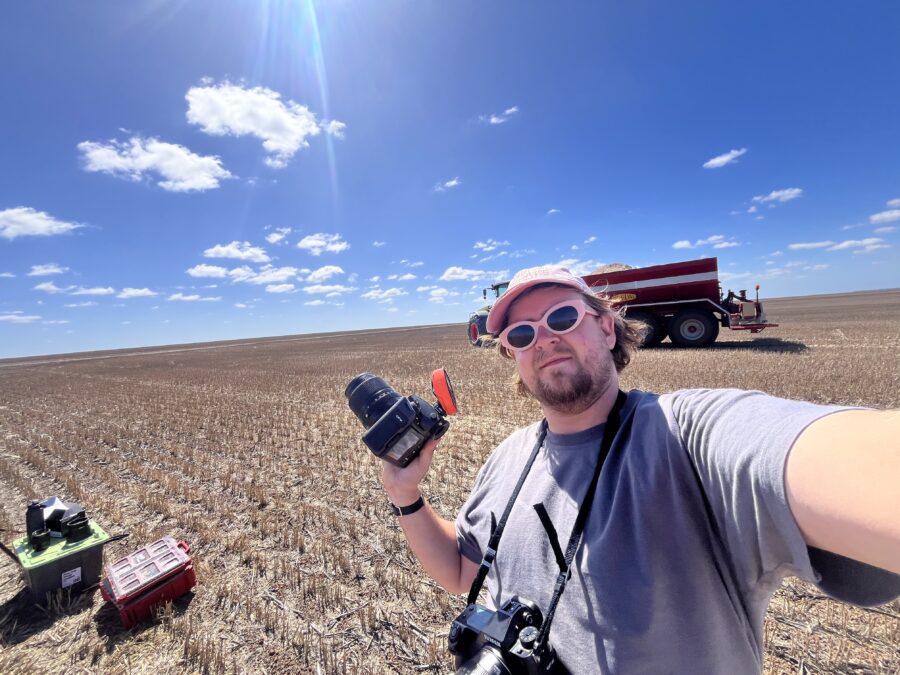
To shoot our three-part Regional Innovations series we called on the talents of Western Australia-based photographer Duncan Wright.
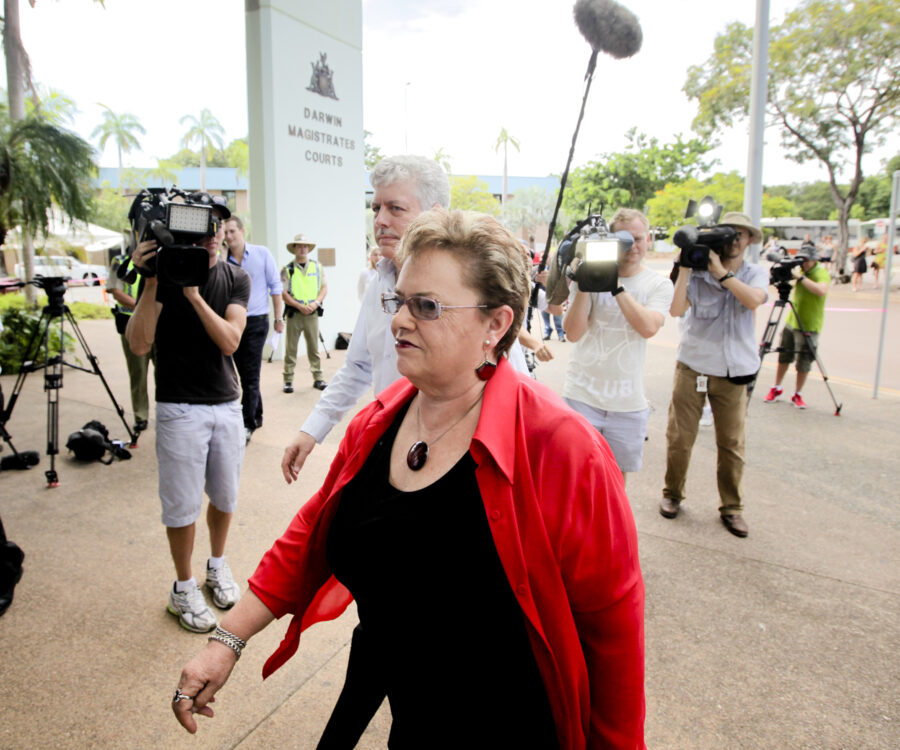
June 2012: A fourth inquest passes final judgement on the cause of Azaria Chamberlain’s death.
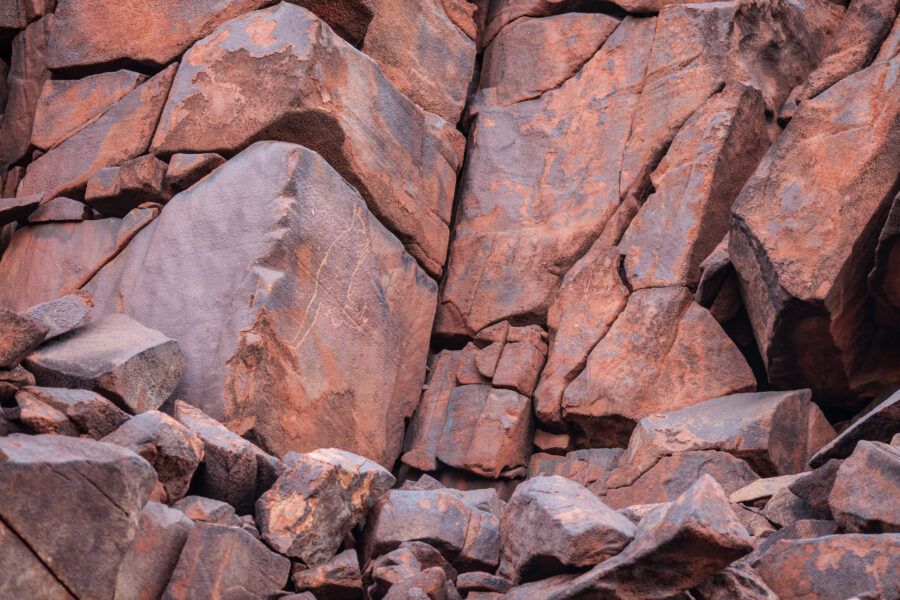
The world’s largest rock-art site might not meet the requirements to join the UNESCO World Heritage List because it’s impacted by acidic emissions generated by local fossil fuel plants.
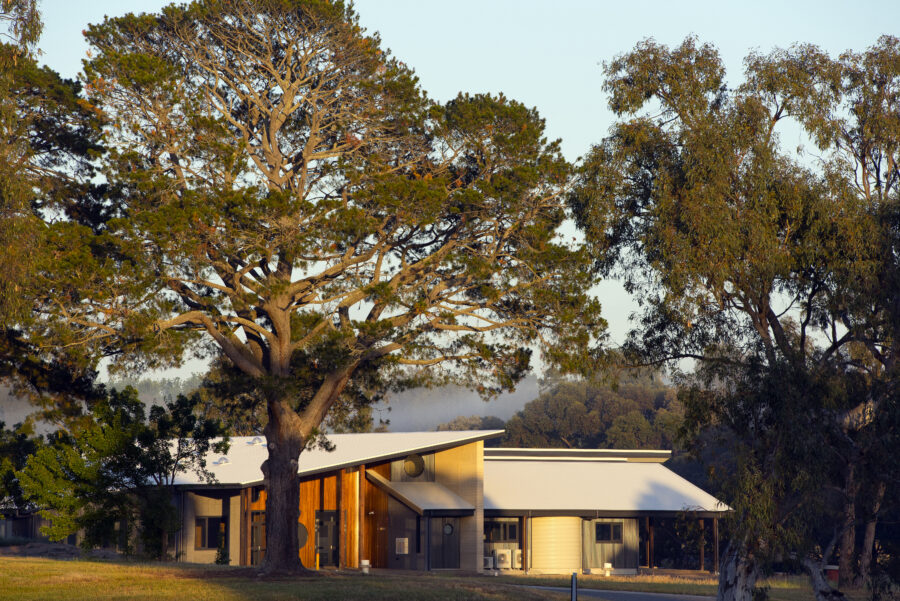
On a purpose-built farm in Victoria’s High Country, families dealing with autism find a place of therapy and respite.
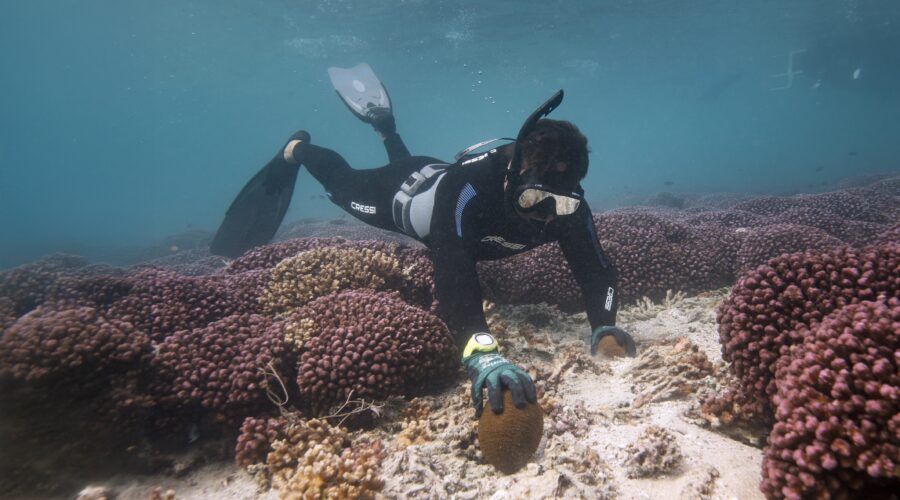
Dive into the realm of the sea cucumber, an unassuming creature that helped shape Australia’s pre-European culture.
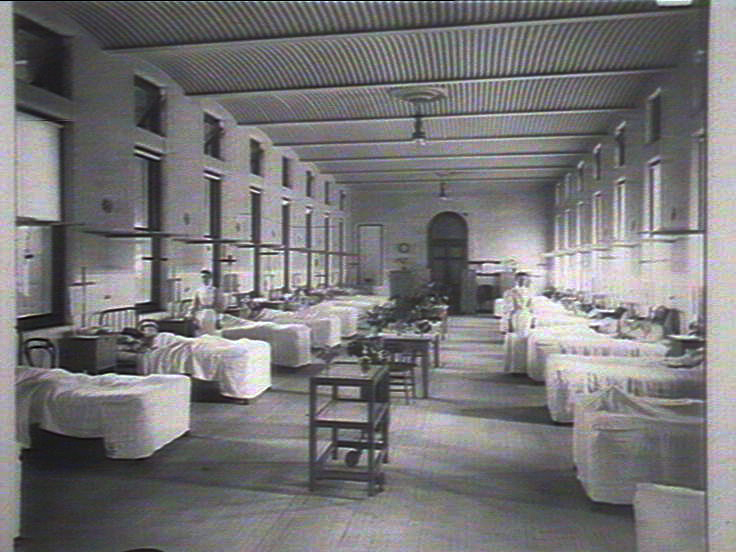
1816: Australia’s first public hospital is established in Sydney.

Fifteen years after she came into office it’s clear Julia Gillard, Australia’s first female prime minister, has left an indelible mark.
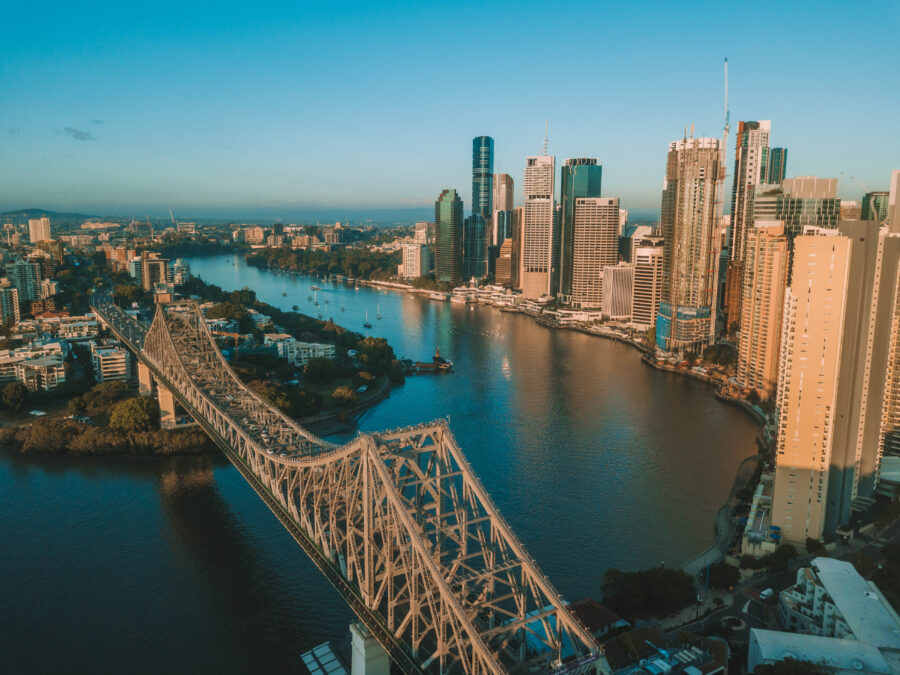
1825: Brisbane begins as the Moreton Bay Penal Settlement.

Australian maritime archaeologists are helping to decontaminate rusty war shipwrecks in the Pacific, preventing billions of litres of oil and other pollutants from leaking into the ocean.